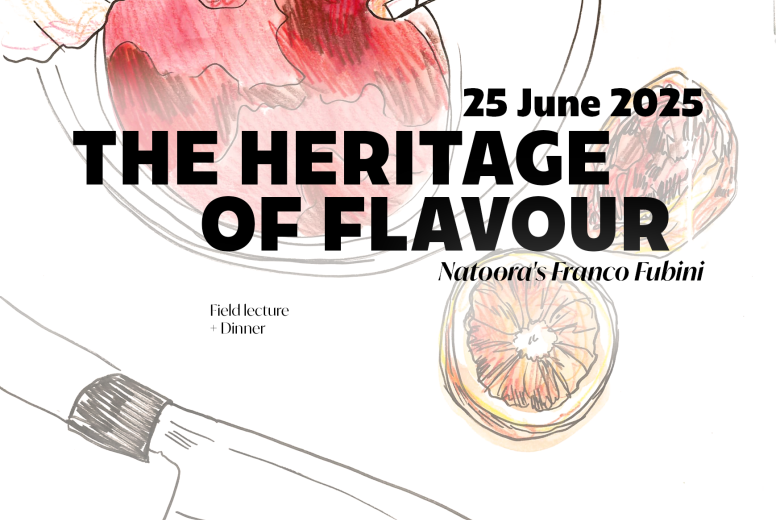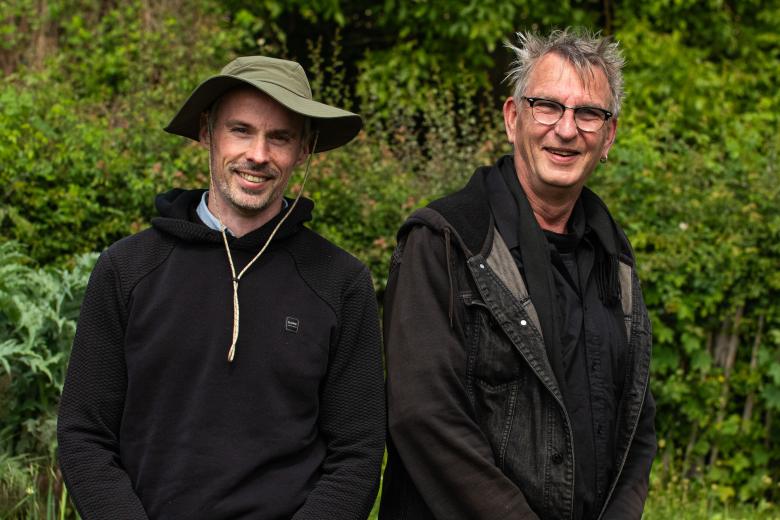Facility Services (FS) at Maastricht University is actively working to create a greener, more vibrant, and more sustainable university ca
Spark Session with Boukje Cnossen, Mareike Opeña and Gabriella Moretti
Relational Practices in the Art World: Conversations on Conservation and Restitution.
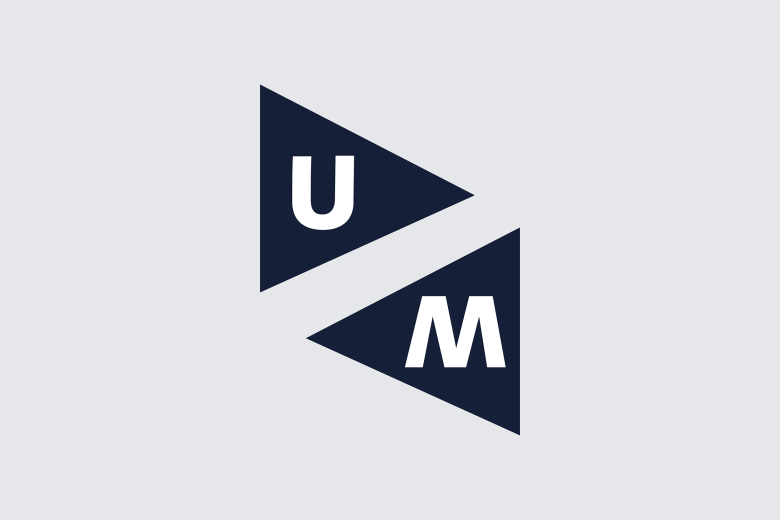
Globalisation & Law Network seminar with Christine Frison and Adriana Moreno Cely
On 15 May 2025, the Globalisation & Law Network held a seminar featuring Prof.dr.
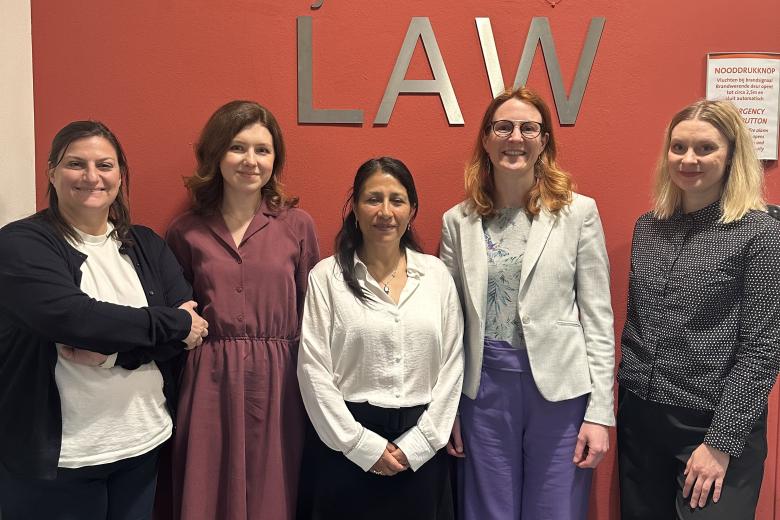
Rise with Pride: UM raises the flag for inclusion
On Monday, staff and students came together on the lawn near UNS40 to mark the start of Pride Month with a moment of reflection and solid
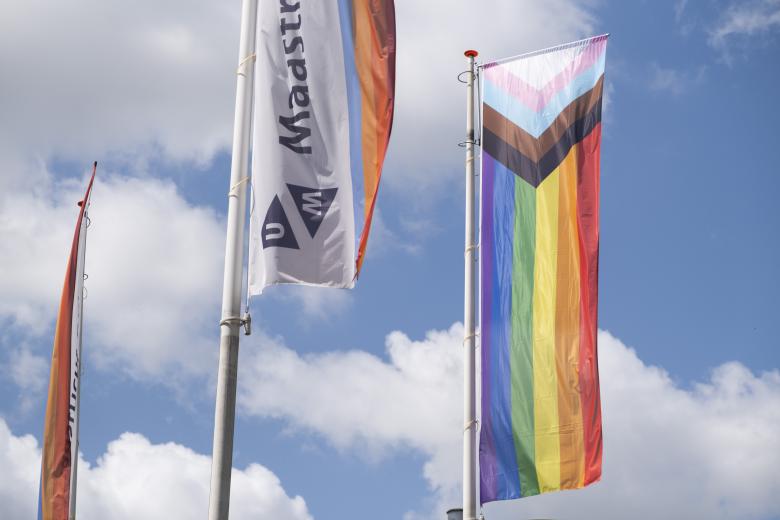
The Heritage of Flavour: A field lecture by Natoora’s Franco Fubini. With a seasonal diner.
Join us for an inspiring evening with Franco Fubini, founder and CEO of Natoora, the high-end produce market reshaping the way we eat. Natoora’s regenerative farm in Cornwall, proves that sustainability, flavour and regenerative craftmanship can go hand in hand.
